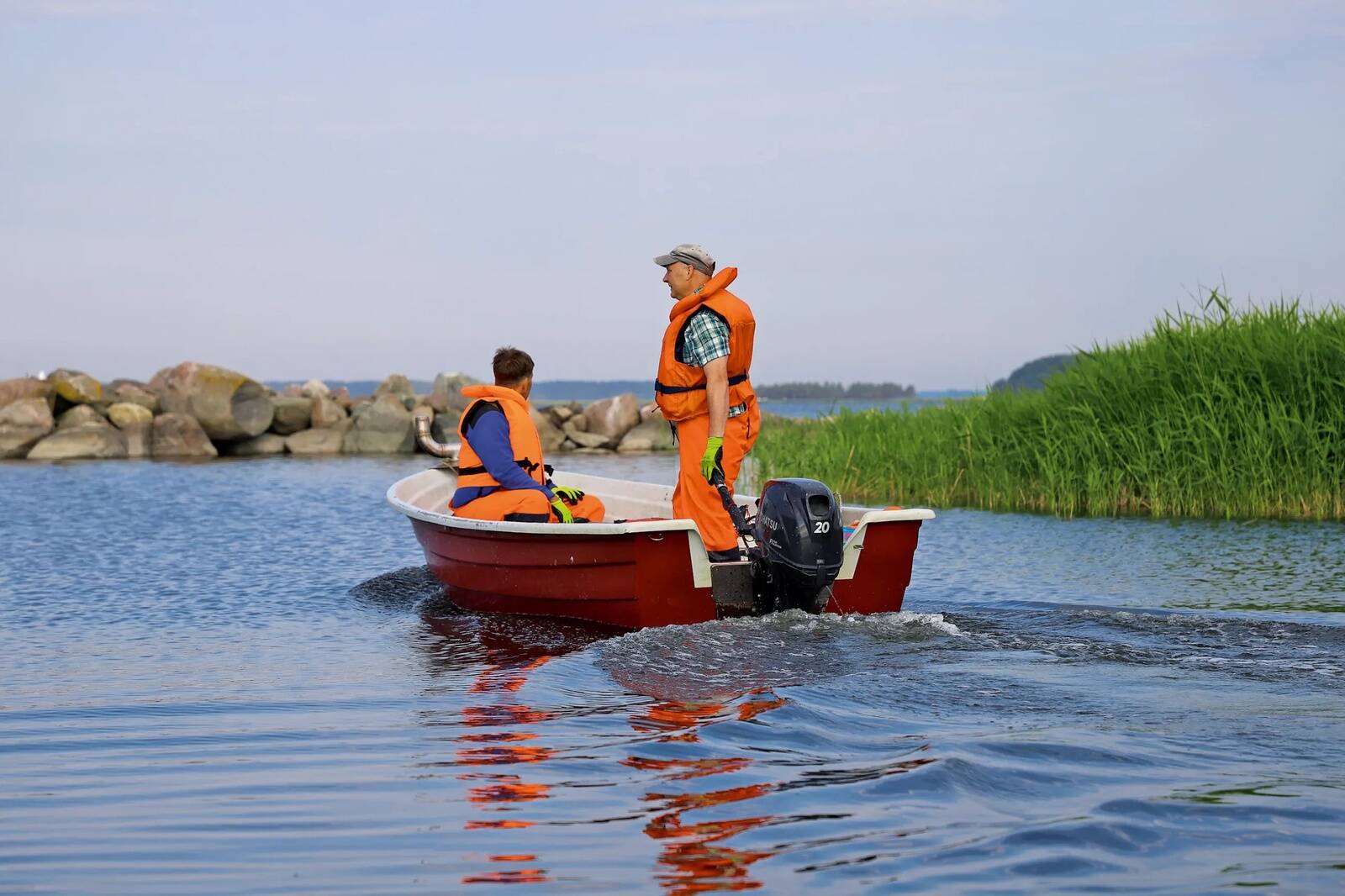
Safety on Water: Life Jackets, Rescue Equipment and Basic Knowledge
•Marcus Nordcraft
Essential safety knowledge for every boat owner. Learn about mandatory safety equipment, proper use of life jackets, and emergency procedures on water.
Water safety should be every boater's top priority. Whether you're fishing on a calm lake or navigating coastal waters, proper safety equipment and knowledge can mean the difference between a minor incident and a tragedy.
**Life Jackets - Your First Line of Defense**
A properly fitted life jacket is the most important piece of safety equipment on any boat. In Estonia, life jackets are mandatory for all passengers, and for good reason. Choose jackets with appropriate buoyancy ratings - minimum 50N for calm inland waters, 100N for coastal areas, and 150N for offshore conditions.
Ensure proper fit: the jacket should be snug but not restrictive, with all straps and zippers secured. Test your life jacket regularly in shallow water to ensure it provides adequate flotation and allows comfortable movement.
**Essential Safety Equipment**
Beyond life jackets, every boat should carry: a sound signaling device (whistle or horn), visual distress signals (flares or signaling mirror), a first aid kit, a bailer or bilge pump, and a fire extinguisher for boats with engines or fuel systems.
For coastal boating, add: VHF radio, GPS or compass, emergency food and water, thermal protection (emergency blankets), and a waterproof flashlight. Consider an EPIRB (Emergency Position Indicating Radio Beacon) for offshore adventures.
**Weather Awareness**
Nordic weather can change rapidly. Always check marine weather forecasts before departure and monitor conditions throughout your trip. Learn to recognize signs of approaching storms: darkening clouds, increasing wind, dropping barometric pressure, and changing wave patterns.
Have an escape plan - know the locations of safe harbors and be prepared to seek shelter immediately when conditions deteriorate.
**Emergency Procedures**
If someone falls overboard: throw a flotation device immediately, keep the person in sight, maneuver carefully to avoid propeller contact, and approach from downwind. Practice man-overboard procedures regularly.
For boat emergencies: stay calm, assess the situation, use distress signals if needed, and prepare to abandon ship only as a last resort. Stay with the boat if possible - it's easier to spot than a person in the water.
**Communication**
Always file a float plan with someone reliable, including your route, expected return time, and emergency contacts. Carry multiple communication devices and know how to use them. In Estonian waters, VHF Channel 16 is monitored for emergencies.
Remember: the best safety equipment is knowledge and preparation. Take a boating safety course, practice emergency procedures, and never let familiarity breed complacency on the water.